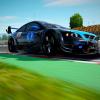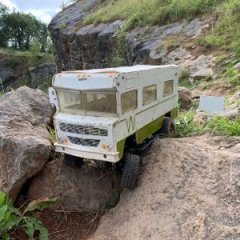A litttle astro photography
-
Recently Browsing 0 members
- No registered users viewing this page.
-
Latest Posts
-
- 31,568 replies
- 1,506,247 views
-
- 380 replies
- 31,094 views
-
- 3 replies
- 101 views
-
- 1,203 replies
- 95,709 views
-
- 36 replies
- 792 views
-







Recommended Posts
Join the conversation
You can post now and register later. If you have an account, sign in now to post with your account.